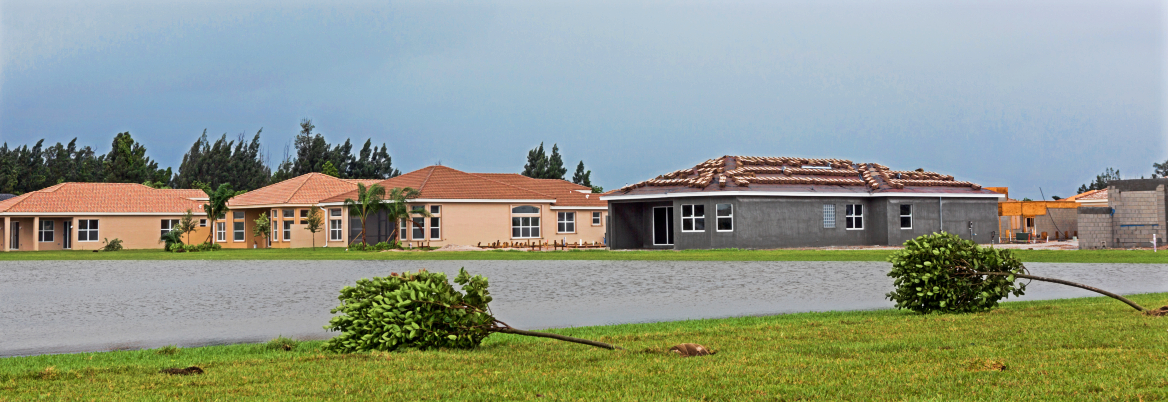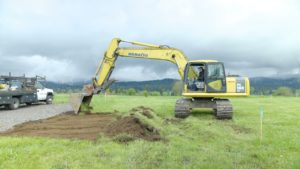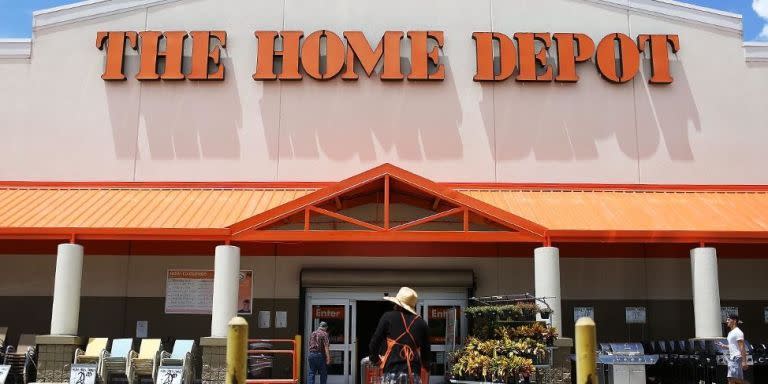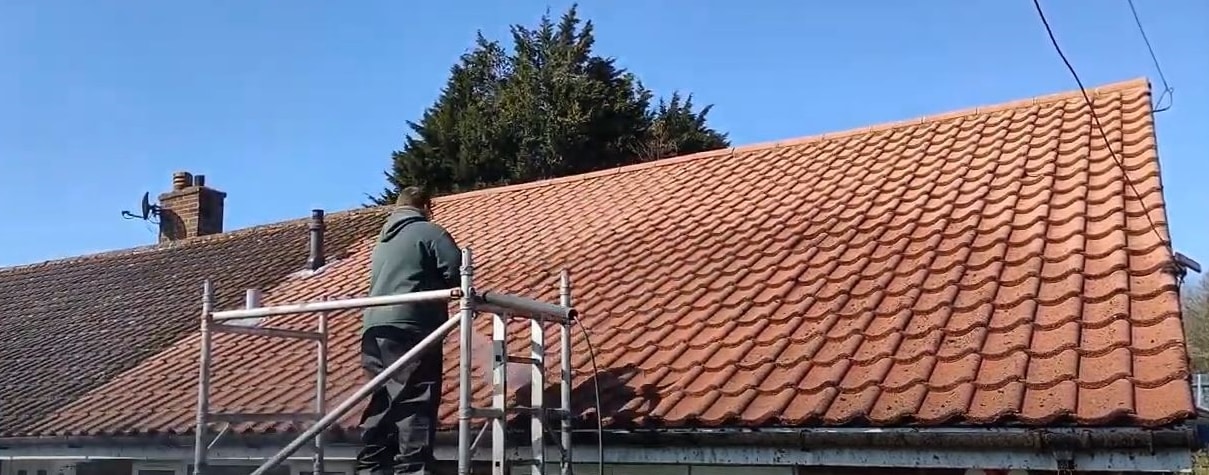Flood Insurance 2.0: Congress Updates Its Analysis
2 min read
Nationwide flood insurance coverage will go through a seismic transform for homebuyers on Oct. 1, 2021, and for current householders on April 1, 2022. Under “Risk Score 2.,” plan costs will be individualized primarily based on a certain residence alternatively than a general blanket level based on flood zones.
WASHINGTON – The Congressional Research Service released an up-to-date investigation of the National Flood Coverage (NFIP) method slated to go into result on Oct. 1, 2021, for new house owners and starting up on April 1, 2022, for present property owners.
The report, Countrywide Flood Insurance policy Software: The Existing Rating Structure and Risk Rating 2., clarifies in depth how the govt strategies to work the program.
“Risk Rating 2. will continue on the general coverage of phasing out NFIP subsidies, which began with the Biggert-Waters Flood Insurance Reform Act of 2012 and ongoing with the Home owner Flood Insurance policy Affordability Act of 2014,” the report claims. “Under the alter, rates for particular person homes will be tied to their actual flood hazard.”
Under the present-day plan, a home’s charge for flood coverage is based mostly on their flood zone, with neighbors charged the identical total. The new plan will operate very similar to non-public property insurance policies procedures, with a number of variable either boosting or lowering the charge of a primary policy.
FEMA says flood zones won’t be made use of to work out a certain home’s coverage quality under Risk Rating 2.. Flood zones won’t go absent, but they’ll be employed for floodplain management purposes, and the boundary of a Exclusive Flood Hazard Area will continue to be required for the mandatory acquire need.
Things regarded as in flood insurance policy policy cost
The hottest evaluation lists a selection of new conditions that could impression an present home owner or homebuyer’s flood coverage price tag, such as:
- pluvial flooding (flooding thanks to large rainfall)
- flooding due to tsunami
- coastal erosion exterior the V zone
In developing new rates, FEMA says Danger Rating 2. is envisioned to use a multi-product tactic that includes knowledge from many sources, together with:
- Current NFIP map details
- NFIP plan and claims knowledge,
- United States Geological Study (USGS) 3-D elevation details
- National Oceanographic and Atmospheric Administration (NOAA) SLOSH storm surge details
- U.S. Army Corps of Engineers information sets
© 2021 Florida Realtors®







.jpg)